Punching an ASTEROID away! Earth turns Avenger for the Dinosaurs with NASA DART
NASA gives confirmation that the DART mission was successful and the orbit of the asteroid Dimorphos has been altered. Earth may just avoid another dinosaur-extinction event.
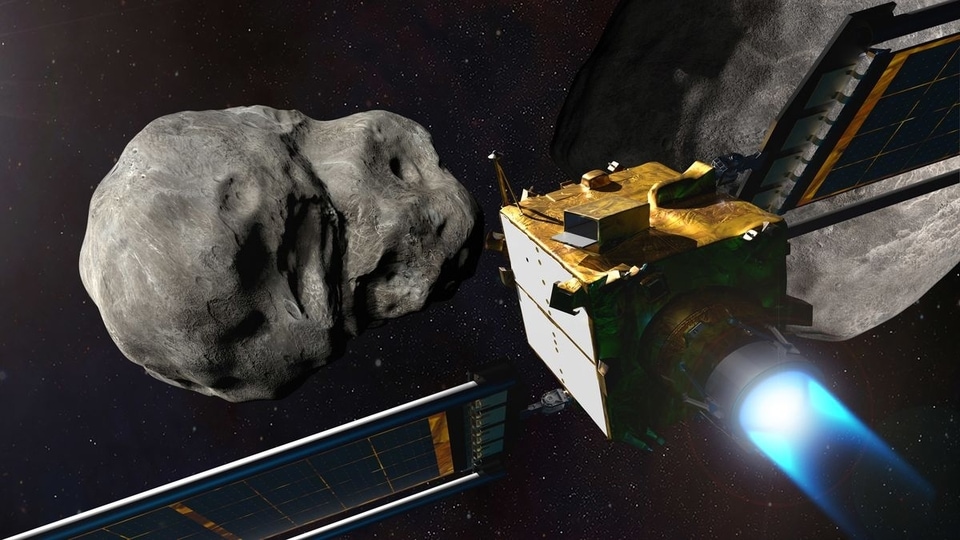
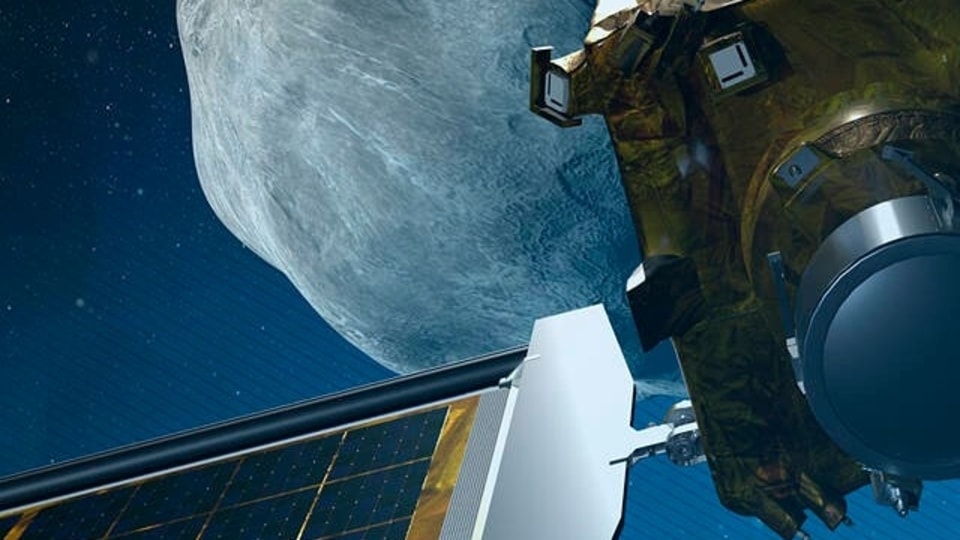
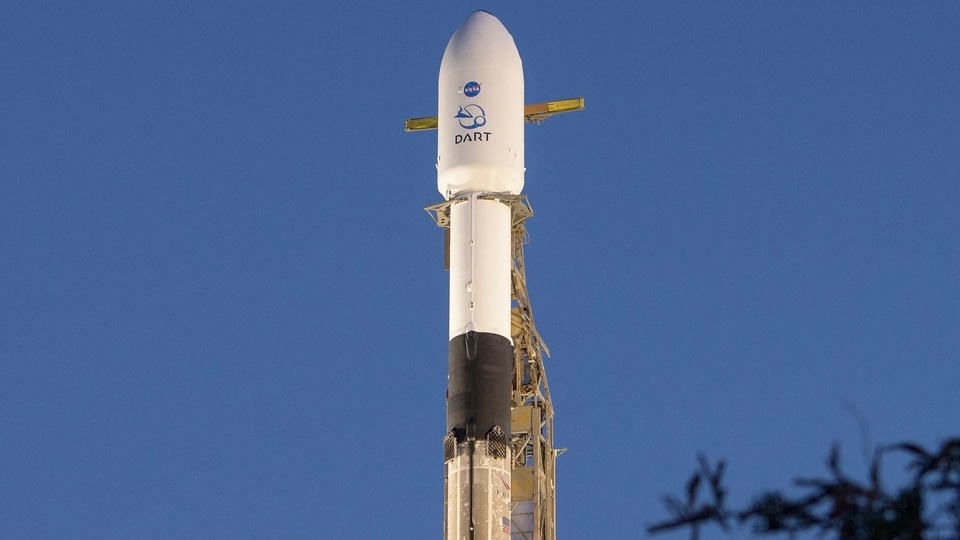
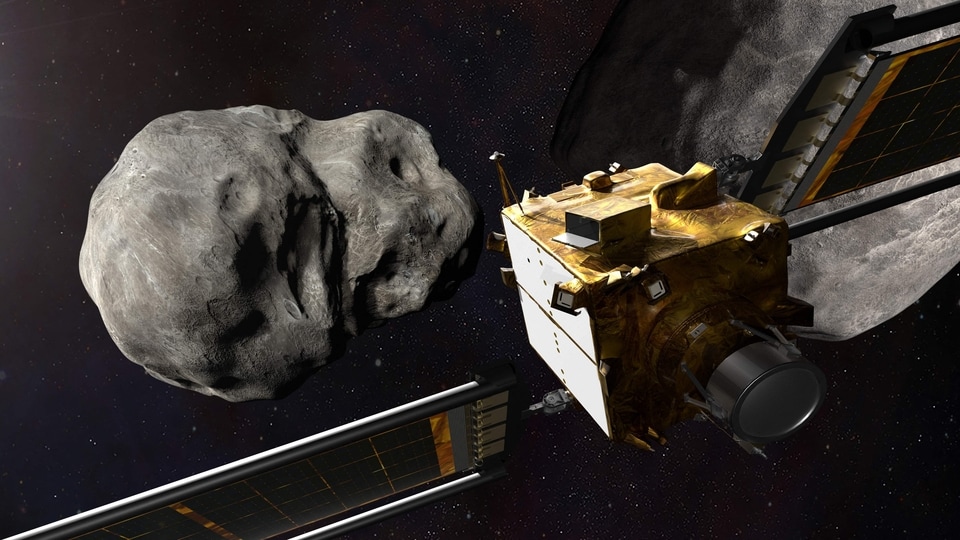
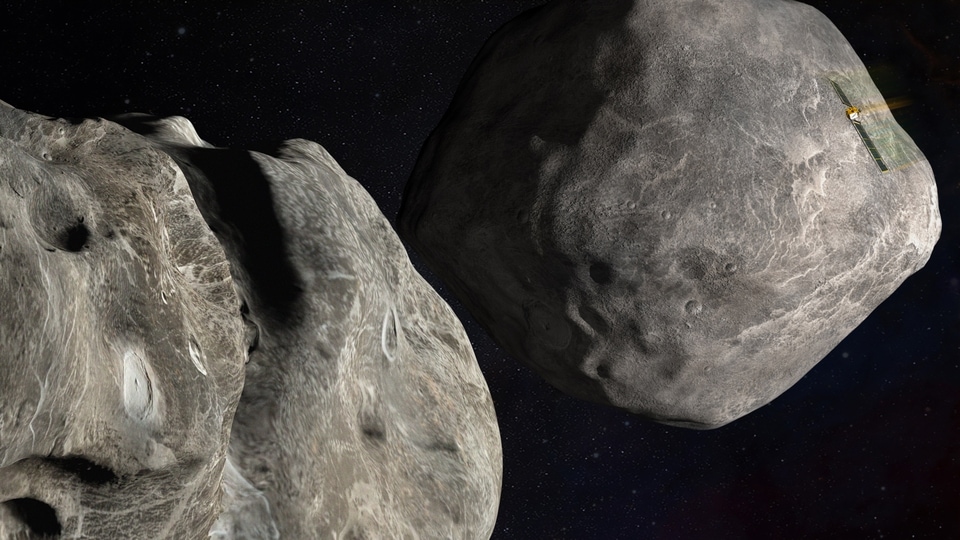
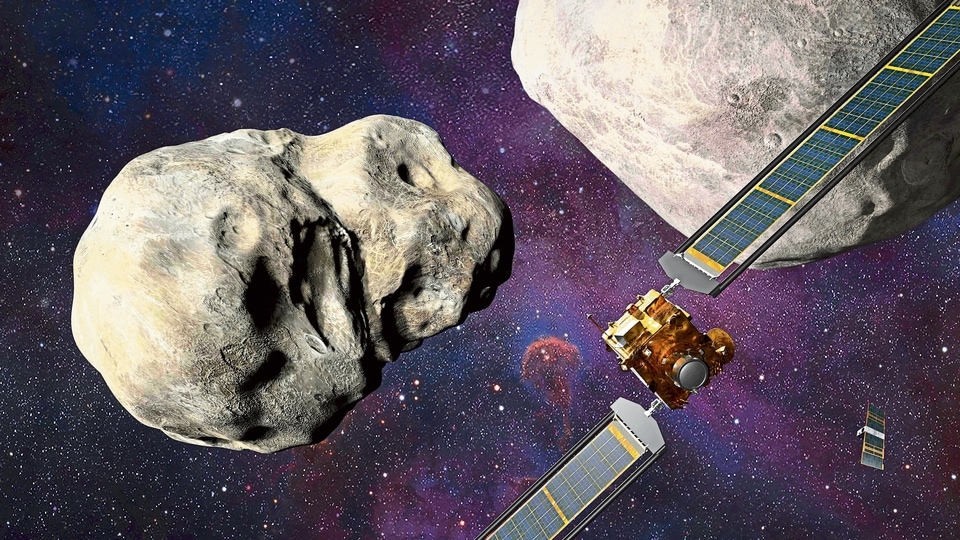
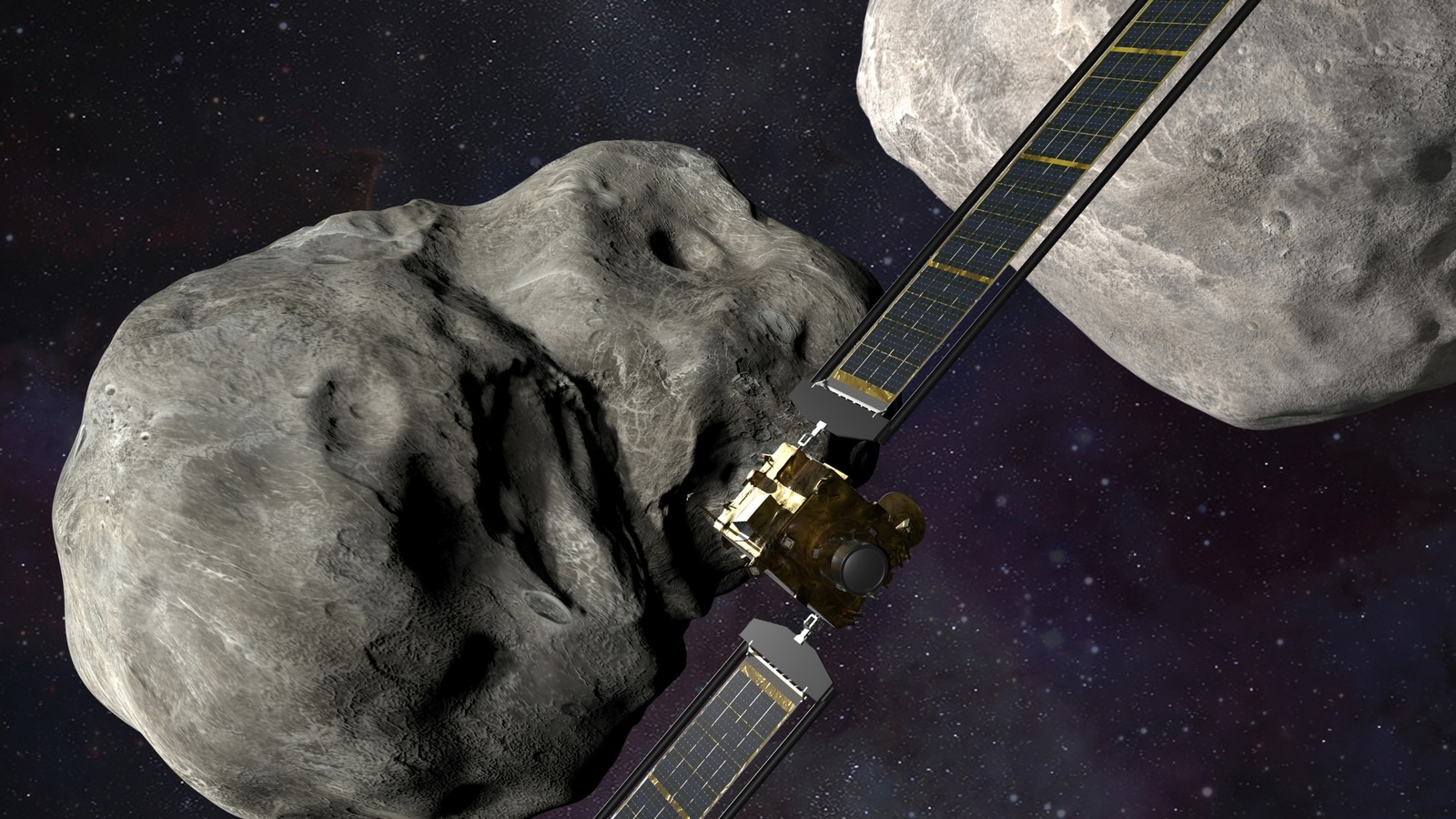
 View all Images
View all ImagesOn September 26, NASA did the unthinkable. For the first time in history, humans were able to shake and move a celestial body. The NASA Double Asteroid Redirection Test (DART) mission sent a spacecraft to the asteroid called Dimorphos and struck it headfirst. The collision was supposed to move it away from its usual orbit. This test, if successful, could become a viable option to deflect any potential asteroid coming towards the Earth and avoid a future similar to the dinosaurs. And earlier this week, NASA finally confirmed that the mission was a success.
Before the mission, NASA had set some tangible goals which would tell it if the mission gave desired results or not. And one of them was a change in the asteroid's orbital velocity. The target was a change of 73 seconds or more in Dimorphos' orbital speed. Astoundingly, NASA has beaten this target by more than 25 times!
“The investigation team has confirmed the spacecraft's impact altered Dimorphos' orbit around Didymos by 32 minutes, shortening the 11 hour and 55-minute orbit to 11 hours and 23 minutes. This measurement has a margin of uncertainty of approximately plus or minus 2 minutes,” NASA revealed in a statement.
NASA triumphant in DART mission
Noting the historic importance of the event, NASA Administrator Bill Nelson said, “All of us have a responsibility to protect our home planet. After all, it's the only one we have. This mission shows that NASA is trying to be ready for whatever the universe throws at us. NASA has proven we are serious as a defender of the planet. This is a watershed moment for planetary defense and all of humanity, demonstrating commitment from NASA's exceptional team and partners from around the world”.
But the job is not over yet. The focus will now shift towards measuring the efficiency of momentum transfer from DART's roughly 22,530 kilometer per hour collision with its target. This will also include analyzing the ‘ejecta'. Ejecta is the asteroidal rock and dust that got dispersed into space as a result of the impact. Both of these will tell NASA just how efficient the momentum transfer to the asteroid was and how much of it was lost in the impact strike. If the efficiency was low, NASA will go back to the drawing board to improve it further.
Catch all the Latest Tech News, Mobile News, Laptop News, Gaming news, Wearables News , How To News, also keep up with us on Whatsapp channel,Twitter, Facebook, Google News, and Instagram. For our latest videos, subscribe to our YouTube channel.




























